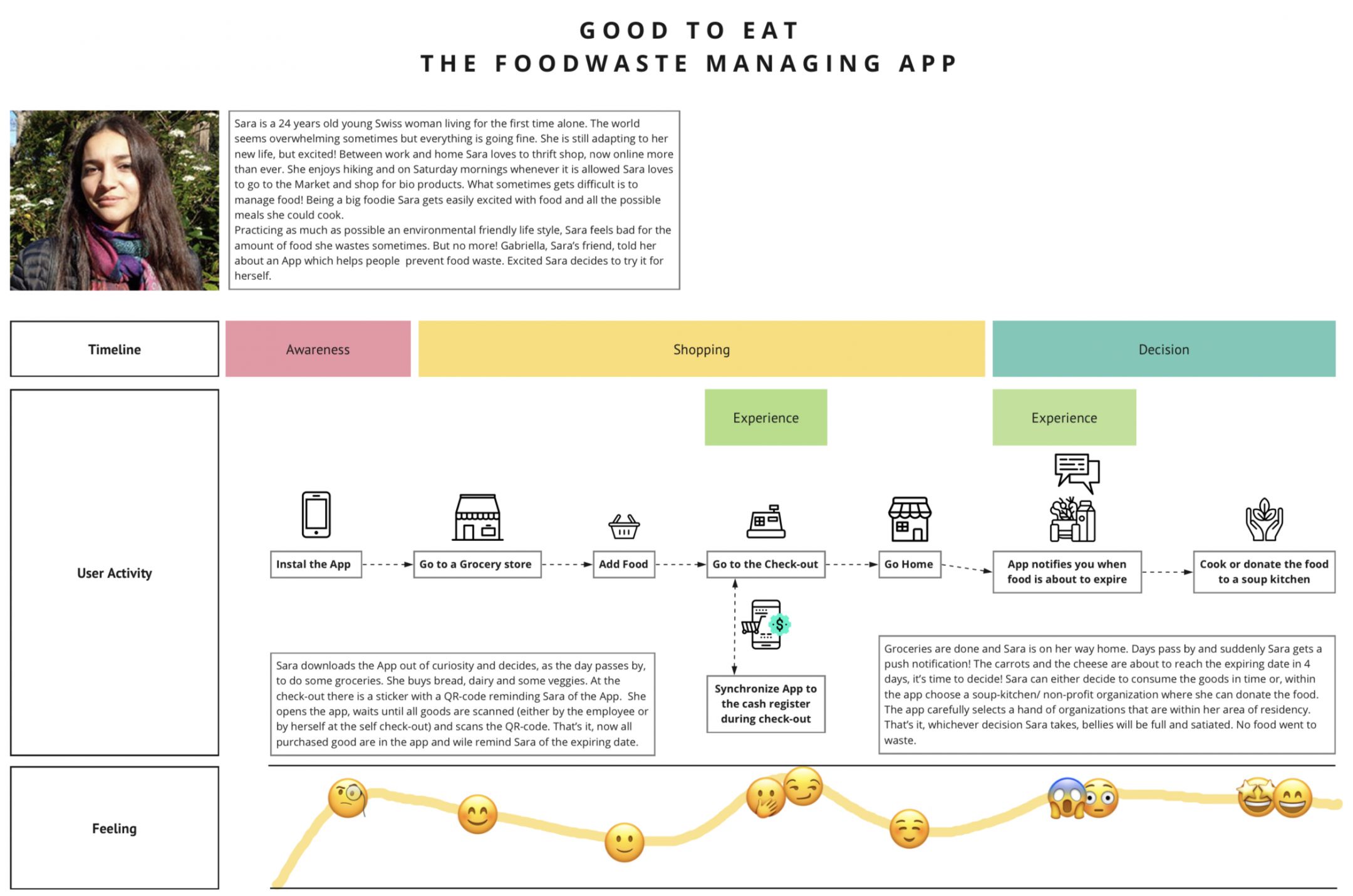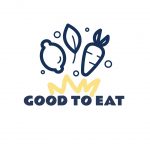“We can afford it” – What the project addresses
Did you know that one-third of all food in Switzerland ends up in waste? Per year 2.6 million tonnes of food waste are generated in our country. 28% of these 2.6 million tonnes come from households. The reasoning, therefore, is for example:
- that we buy more food than we need,
- that we cook more than we need and throw away the leftovers,
- or that we forget the food we have in our fridges.
The reason why we behave this way is “because we can afford it” (Was ist Food Waste, n.d.). However, that does not apply to every Swiss citizen. 8.7% of the Swiss population was affected by poverty in the year 2019 (Bundesamt für Statistik, n.d.).
With our project, we want to make a contribution and change the behavior of people. At the same time, we want to give people the opportunity to help others by donating food to social institutions.
“Good to eat” Project
With “Good to eat” checking the expiry date is easier and keeps the user in the loop by reminding them that they have specific food products that would go bad if not consumed soon. This helps the user to be more responsible for their food management. This application would work effortlessly with a QR code at the cashpoint when grocery shopping, the list of groceries with their expiry date will be shown in it. When “Good to eat” sends the user the notification that the product is about to expire the consumer can choose to finish before or with the aid of the app, choose a non-profit organization or a soup kitchen to which the utensils can be sent or deposited in. This way, the problem of food waste can be managed and even contribute to social causes.
Have you not yet fully understood how it works? Check out our user journey:

How “Good to eat” contributes to a Social Issue
So how would “Good to eat” contribute to reducing our food waste?
First of all, the app will remind its users that they have food in their fridge that is about to expire. How often do we forget we actually have something in the fridge and then find out too late when the expiry date has been long overdue? As a result, the user becomes more aware of what products they have at home and therefore is more likely to not let food go to waste.
By reminding users of what they have in their fridge, the app not only shows the users the food that is about to go bad but also makes them aware of their purchase behavior. If they continually are reminded of groceries that go bad, it will also help them to better plan and reduce their consumption.
If foods, however, cannot be planned in anymore to be eaten, the possibility of bringing them to a social institution will prevent them from ending up in the trash. This also benefits the social institutions, as they are given food. Usually, these social institutions don’t have many financial resources, therefore this could benefit them.
Furthermore, as we have seen, almost 10% of Switzerland’s society is affected by poverty and numbers are likely to go up as a result of COVID-19. These people could then also benefit from this project.
In conclusion, “Good to eat” does not only benefit the single person as they can use their resources better and consume more sustainably, but it also has an impact on the whole society. One aspect is the one that food can be distributed to where it’s needed and the other aspect that we treat our resources more carefully.
By Ann Maria, Kevin, Sophie, Jeanne
Sources:
Bundesamt für Statistik. (n.d.). Armut. Retrieved March 22, 2021, from https://www.bfs.admin.ch/bfs/de/home/statistiken/wirtschaftliche-soziale-situation-bevoelkerung/soziale-situation-wohlbefinden-und-armut/armut-und-materielle-entbehrungen/armut.html
Was ist FOOD Waste? (n.d.). Retrieved March 22, 2021, from https://foodwaste.ch/was-ist-food-waste/

